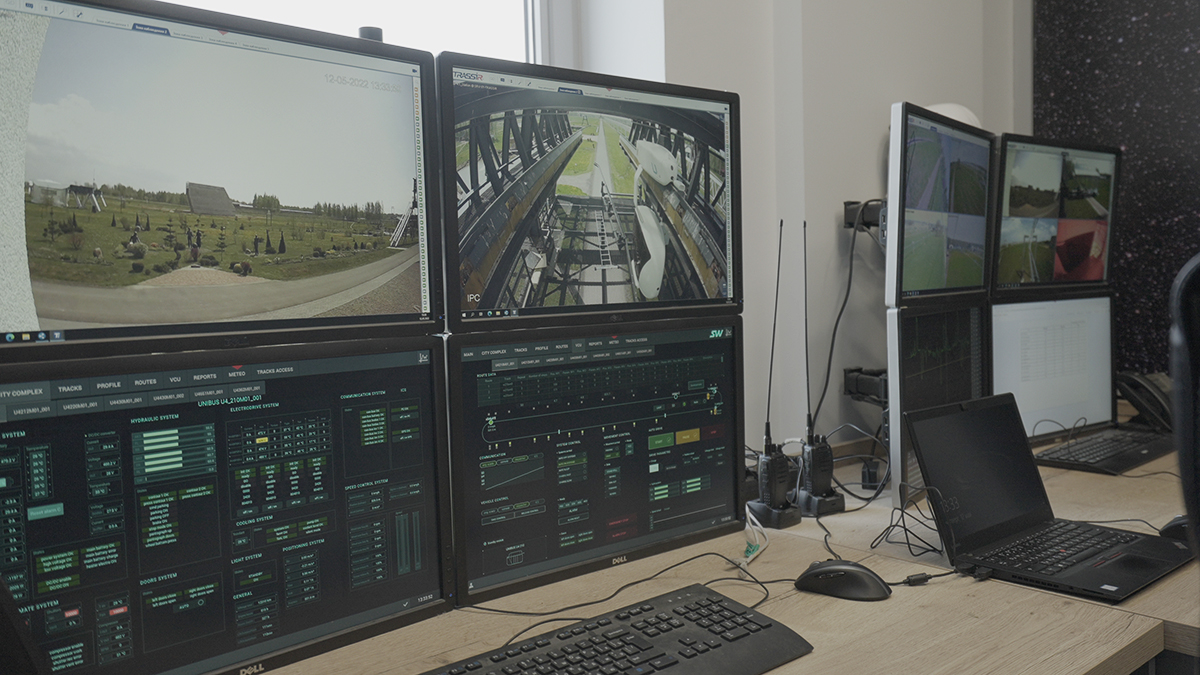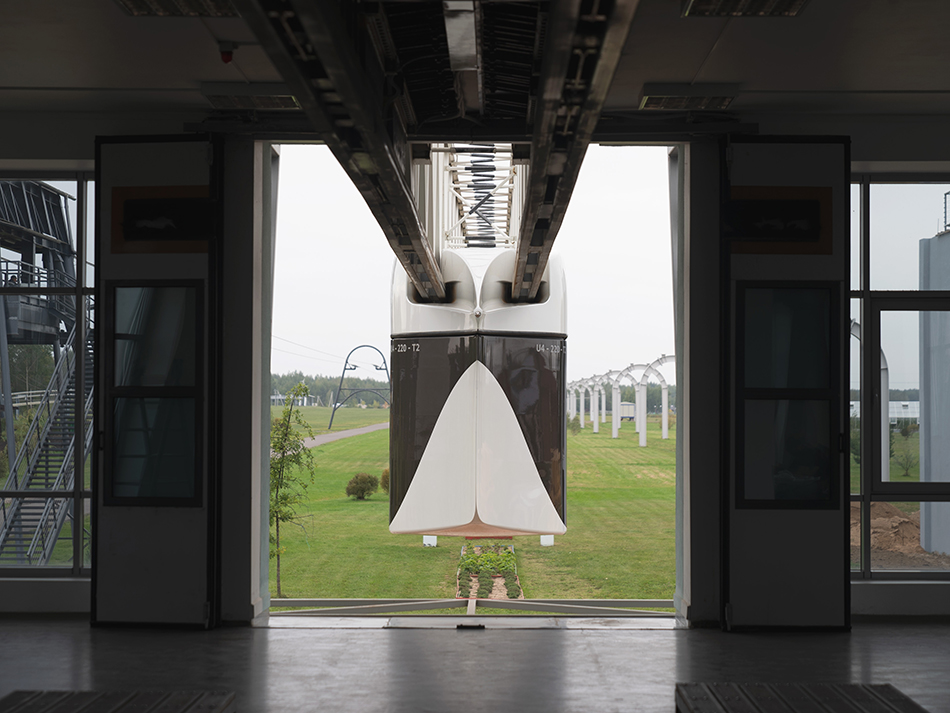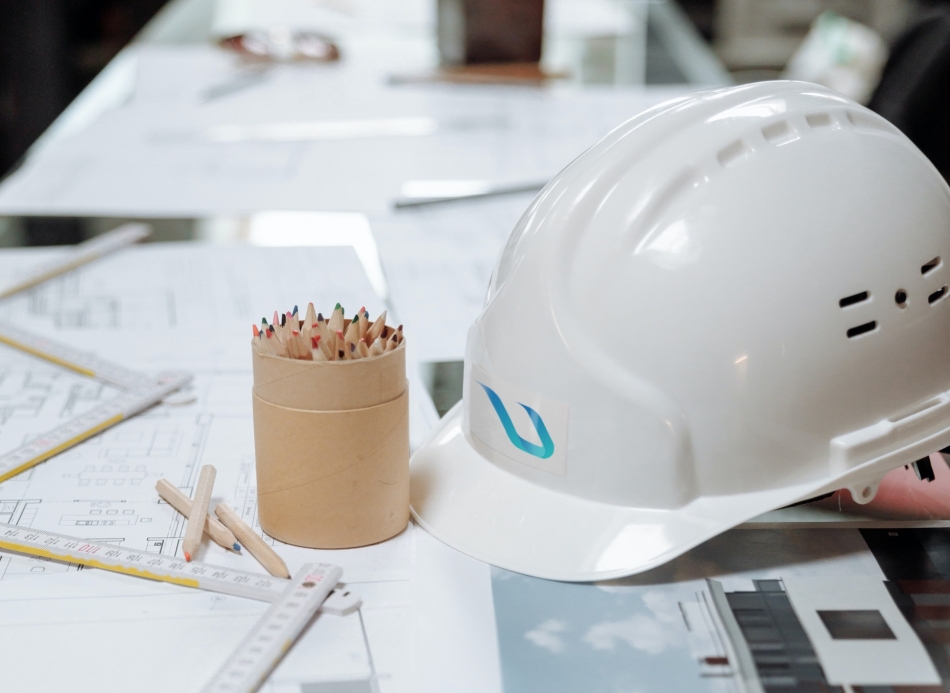From automation to a smart ecosystem: how UST Inc. makes string transport safer
The world of transportation is changing rapidly. Today, the main thing is autonomy, protection from cyber threats and environmental friendliness. UST Inc. creates solutions that combine all these trends. One of them is the hardware management complex for infrastructure equipment. It monitors the operation of string transport systems and makes them as safe as possible.
Digital control that works like a nervous system
This development functions as the brain of the uST complex. It collects data, monitors infrastructure equipment, and regulates its operation almost without human intervention. For enhanced reliability, the system employs a circuit with two controllers: one monitors the processes, while the other independently verifies their correctness and immediately locks the system if something goes wrong.

Thanks to this architecture, the system complies with the strict international safety standard SIL 3 (EN 61508), which is used, for example, in aviation and nuclear energy. This means that the probability of failure is less than one in 10,000 cases, and this is a very high reliability indicator.
Reliable performance in all conditions
uST Inc. engineers have designed the system to withstand extreme temperatures and humidity. The complex operates stably at temperatures from -24 to +30 °C and humidity up to 70%. Built-in heaters, temperature and humidity sensors, and air filtration protect electronics from condensation, overheating, and dust. This extends the service life of the equipment and reduces the risk of failures.
Flexibility and easy scaling
The hardware complex is built on a modular principle – the system can be expanded without complicated reconfiguration. All devices are connected via digital Ethernet and fiber optic channels, which provides instant data exchange.

The development provides management of such objects as:
● Platform doors;
● Charging stations for transport;
● Calling systems;
● Lighting.
New modules can be added without changing the basic scheme, which makes the system cost-effective and ready for future expansion.
Implementation and development
This promising solution is already being deployed in uST projects — at the Sosny sanatorium in Belarus and at a tourist site near a waterfall in India. The system supports both Russian and English, facilitating seamless integration into international projects.
The equipment has a service life of at least 10 years. At the same time, it is planned to update the components and security algorithms so that the equipment always meets the current requirements.
More news

News
22 May 2024
The uST Solution Is Being Considered for Integration With Seaports
DP World is interested in employing the uST Solution in maritime transportation.

News
6 March 2025
UST Inc. Has Passed an Audit of Its Financial Statements
BelAuditAliance LLC audited the financial statements of Unitsky String Technologies Inc.

News
24 April 2024
An Article on the Contribution of UST Inc. to the Development of Belarusian Scientific Potential Was Published
UST Inc. role in the scientific and innovative development of the country.

